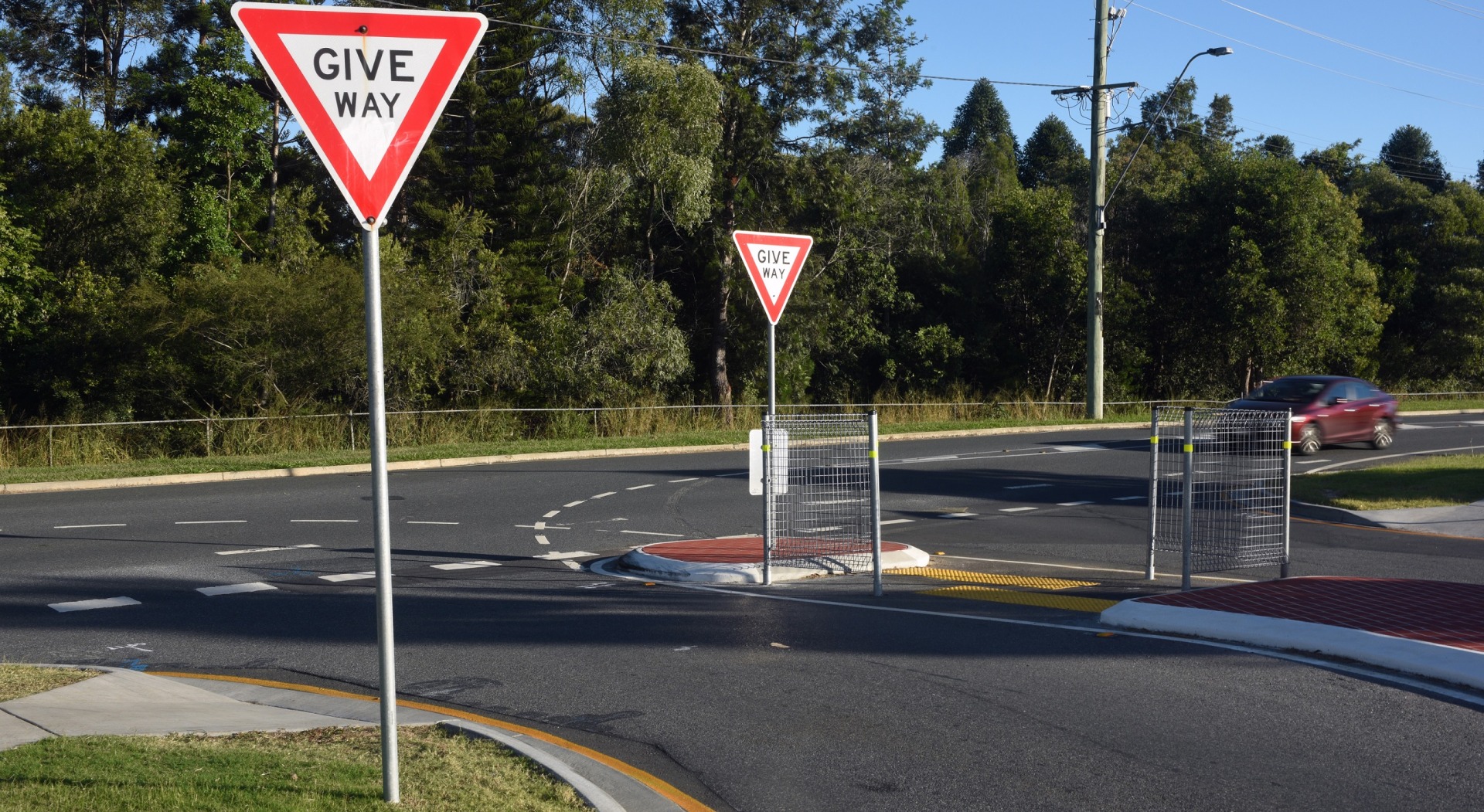The difference between stop and give way signs

A car arrives at a give way sign at a crossroad intersection. A vehicle opposite has also approached the intersection but is faced with a stop sign.
The driver at the stop sign plans to go straight ahead, while the motorist at the give way sign intends turning right. Who should give way?
We used a similar scenario in an intersection quiz in the spring 2022 edition of samotor. Only about half of respondents answered correctly. The driver turning right would be crossing the path of the other vehicle, so they need to give way before turning.
A give-way sign doesn’t have priority over a stop sign.
The only difference between the two signs is it’s necessary to completely stop at a stop sign, whereas stopping isn’t mandatory to pass through an intersection at a give way sign.

This means that once a driver has stopped at a stop sign, it should be treated the same as a give way sign. Stop signs should be installed, according to Australian Standards, based on how far a driver can see in either direction along the road to the left and right of the sign.
Known as the sight distance, the minimum requirements vary according to the road’s speed limit. For example, if the speed limit is 50km/h, a stop sign should only be installed where the sight distance is less than 30m. In an 80km/h zone, the sign should only be installed when the sight distance is less than 65m.
There’s a reluctance to install stop signs where the sight distance is okay. This could lead to poor driver compliance and impact the credibility of stop signs.
RAA’s Road Safety team can review an intersection for a stop sign to determine if it meets the requirements of the Australian Standards. You can report a road at raa.com.au/report-a-road

